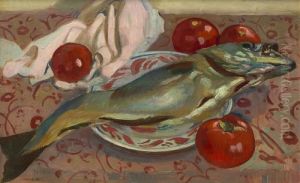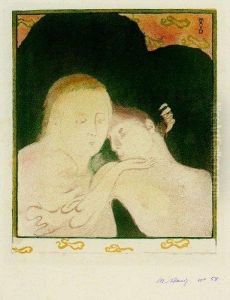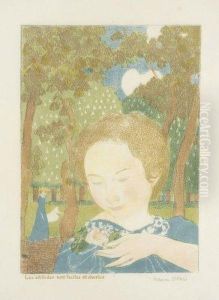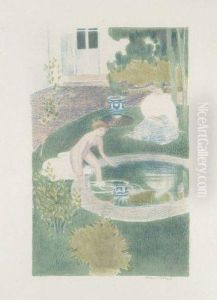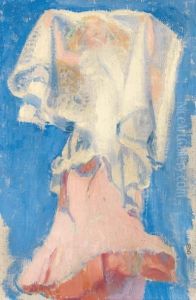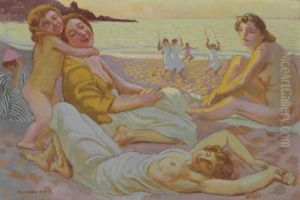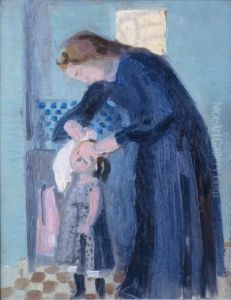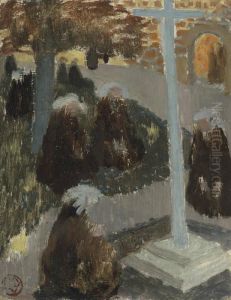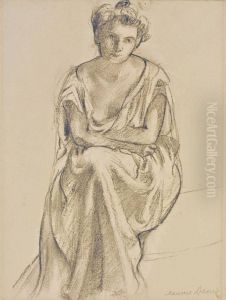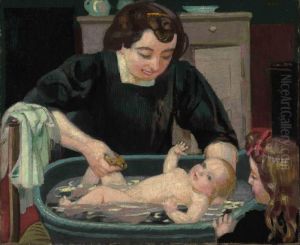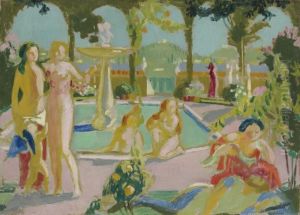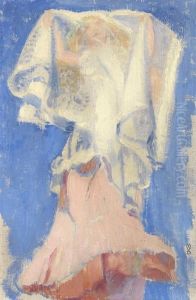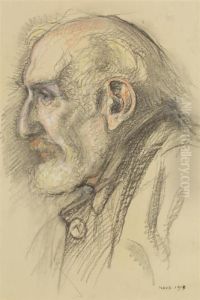Maurice Denis Paintings
Maurice Denis was a French painter and writer, a member of the Symbolist and Les Nabis movements. He was born on November 25, 1870, in Granville, Normandy, France. From an early age, Denis was interested in art and attended the École des Beaux-Arts in Paris, where he met other future members of the Nabis group, such as Pierre Bonnard and Édouard Vuillard. The Nabis were a group of avant-garde artists who sought to create art that was deeply personal and symbolic, often focusing on the spiritual and the abstract.
Denis is known for his theories on painting and his influence on the development of abstract art. He famously declared in 1890 that 'It is well to remember that a picture, before being a war horse, a nude woman, or some anecdote, is essentially a flat surface covered with colors assembled in a certain order.' This statement underscored his belief in the primacy of the painting's composition and the arrangement of colors and shapes over its representational aspects.
Throughout his career, Denis painted landscapes, religious subjects, and intimate domestic scenes with a focus on the serene and the harmonious. His work often featured a strong use of bold colors and simplified forms, characteristics that would heavily influence the later development of modern art. Denis also wrote extensively on art and was a key figure in the dissemination of Symbolist and Nabi ideas through his articles and essays.
Later in his life, Denis's work took a more classical turn, and he became interested in the religious and mythological themes, which he explored in a more traditional style. He also worked on large decorative projects and murals, including the decoration of the Théâtre des Champs-Élysées and the cupola of the Basilica of Sacré-Cœur in Paris.
Maurice Denis continued to paint and write until his death on November 13, 1943, in Paris. His contributions to art theory and his role in the early modernist movement have ensured his place as a significant figure in the history of art.
